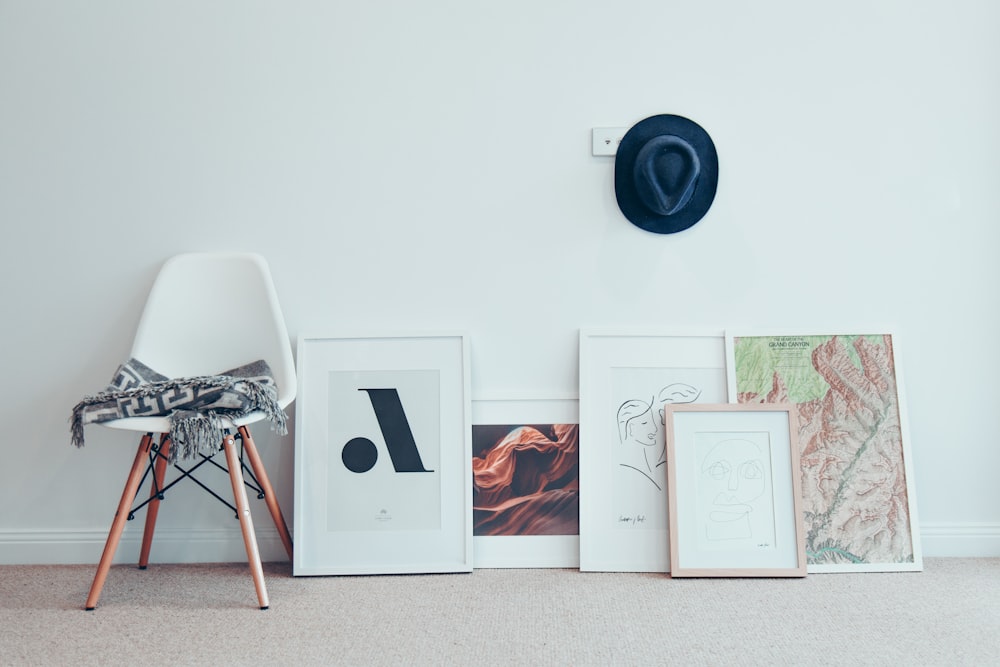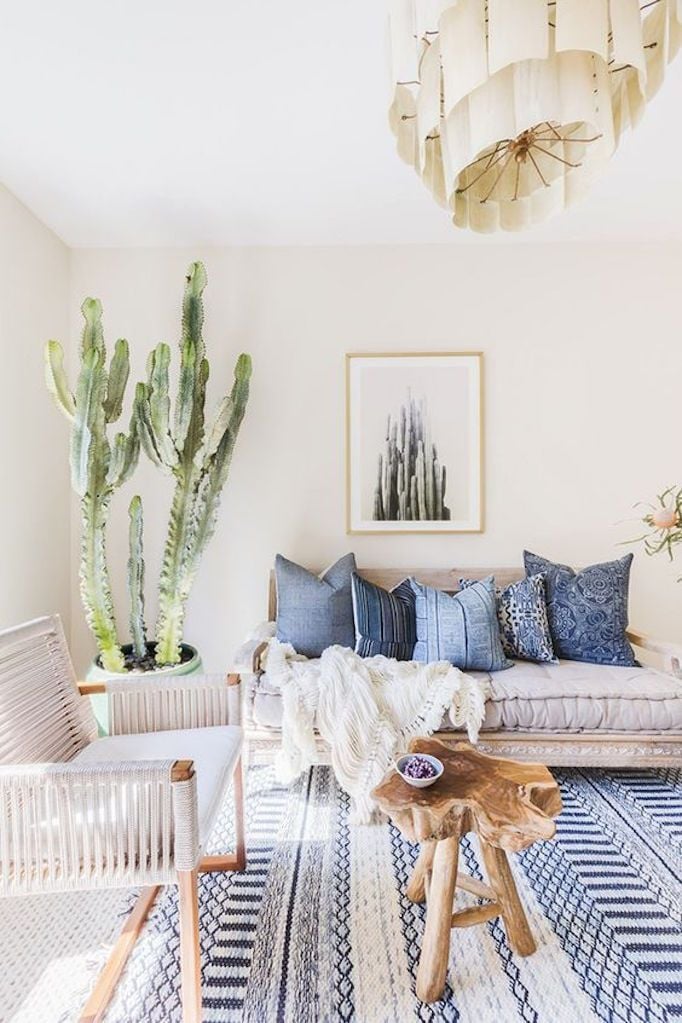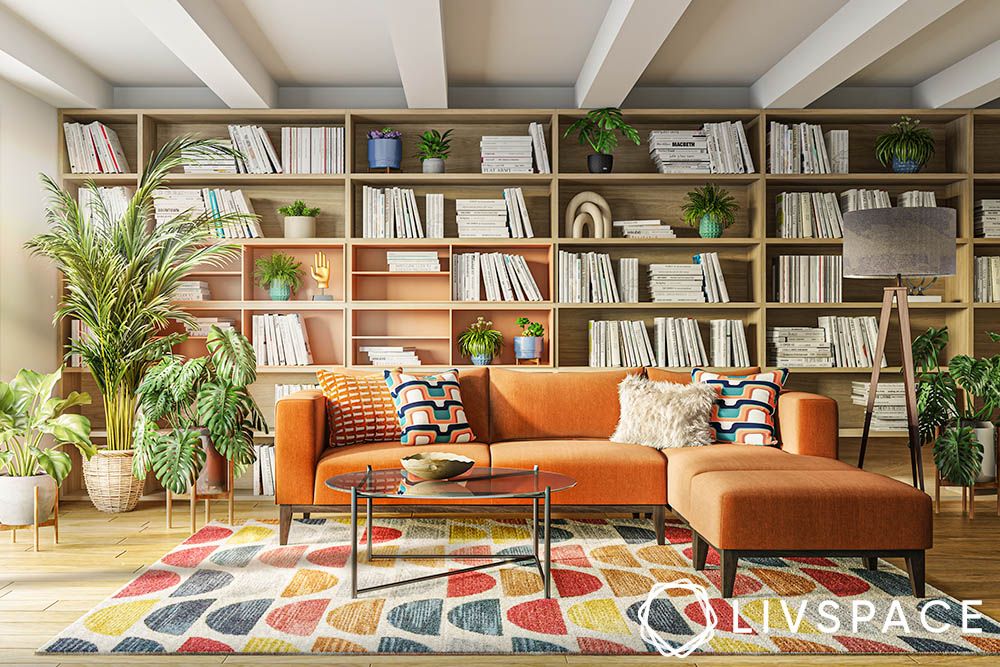Bone broth, a nutrient-packed liquid made by simmering animal bones and connective tissues for an extended period, has been hailed for centuries as a healing tonic. Recently, it has experienced a resurgence in popularity as more people become aware of its various health benefits. Whether sipped alone or used as a base for soups and stews, bone broth offers an array of essential nutrients that support overall wellness. Let’s explore what makes this ancient remedy so beneficial and how it can improve health.
What is Bone Broth?
Bone broth is made by simmering animal bones (such as chicken, beef, or fish) along with connective tissue, cartilage, and sometimes vegetables for 12 to 48 hours. The long cooking process extracts valuable nutrients from the bones, such as collagen, amino acids, vitamins, and minerals. Unlike regular stock or broth, bone broth is more concentrated and richer in flavor and nutrients.
Nutritional Profile of Bone Broth
Bone broth is loaded with several key nutrients, including:
- Collagen and Gelatin: These proteins are critical for maintaining healthy skin, joints, hair, and nails. Collagen helps repair tissues and supports joint health, while gelatin aids digestion.
- Amino Acids: Bone broth contains amino acids like glycine, proline, and glutamine, which have been shown to reduce inflammation, improve gut health, and enhance sleep quality.
- Minerals: The broth is a rich source of calcium, magnesium, potassium, and phosphorus, which are essential for bone health, muscle function, and hydration.
- Glucosamine and Chondroitin: These compounds support joint health by reducing inflammation and promoting cartilage regeneration.
Health Benefits of Bone Broth
-
Supports Gut Health
- One of the most well-known benefits of bone broth is its positive effect on gut health. The gelatin in bone broth helps seal the mucosal lining of the digestive tract, preventing a “leaky gut,” where toxins and harmful substances escape from the intestines into the bloodstream. This makes bone broth especially beneficial for those with digestive issues such as irritable bowel syndrome (IBS) or inflammatory bowel disease (IBD).
-
Promotes Joint Health
- Thanks to its collagen and amino acid content, bone broth is a powerful tool for supporting joint health. Collagen helps rebuild connective tissues, reducing joint pain and inflammation. Glucosamine and chondroitin, naturally occurring compounds in bone broth, are known for their ability to relieve arthritis symptoms.
-
Improves Skin, Hair, and Nails
- Collagen is not just good for your joints; it’s also essential for maintaining the health and elasticity of your skin. Regular consumption of bone broth can help reduce the appearance of wrinkles and improve skin hydration. Additionally, the amino acids in bone broth strengthen hair and nails, making them more resilient.
- Boosts Immune Function
The minerals in bone broth help support the immune system. The amino acids in broth, especially glutamine, play a role in maintaining the integrity of the intestinal barrier, which is a key component of the immune system. Bone broth also contains a variety of compounds that may help fight off infections and reduce inflammation. - Aids in Weight Management
Bone broth is low in






![Everything You Need to Know Hermes’ [Bag Name] Everything You Need to Know Hermes’ [Bag Name]](https://images.unsplash.com/photo-1507666664345-c49223375e33?fm=jpg&q=60&w=3000&ixlib=rb-4.0.3&ixid=M3wxMjA3fDB8MHxzZWFyY2h8MTN8fGhlcm1lcyUyMHBhcmlzJTIwYmFnfGVufDB8MHwwfHx8Mg%3D%3D)











:max_bytes(150000):strip_icc()/pros-and-cons-of-tile-roofing-1824684-hero-3bfe5ee21297480c9d21d07965cc7263.jpg)




:max_bytes(150000):strip_icc()/how-does-luxury-vinyl-flooring-differ-from-standard-vinyl-4119903_hero_0391-8254adb9618a4005b9638b4b86e0262b.jpg)

